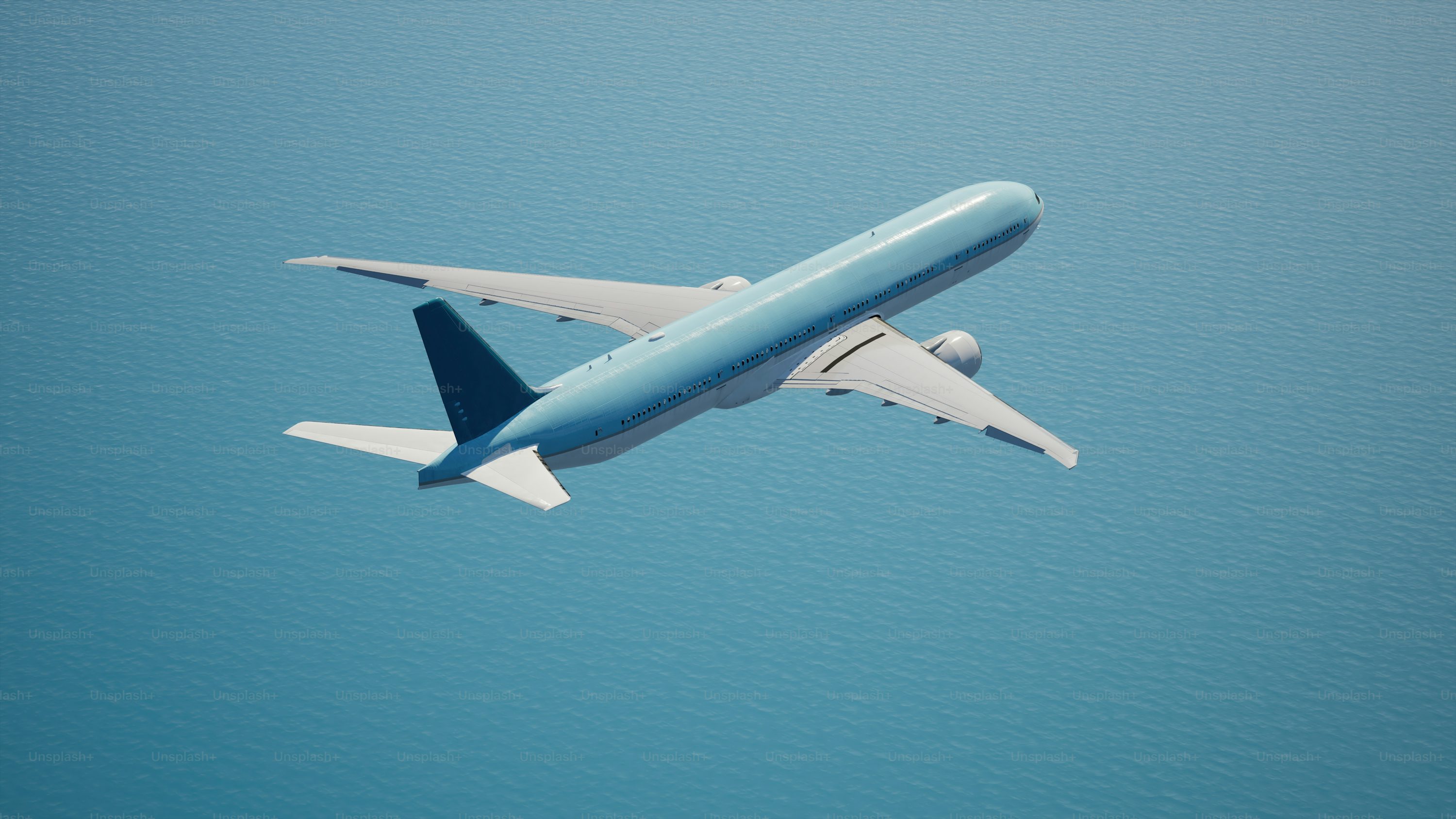In today’s world, airplanes aren’t just guided by pilots. Modern aircraft rely on autonomous navigation systems and intelligent avionics to fly safely, efficiently, and accurately. Thanks to these advanced systems, even large commercial planes can cover hundreds of kilometers with minimal human intervention.

What Is Intelligent Avionics?
Intelligent avionics is the brain behind modern aircraft. It’s a combination of sensors, radars, communication systems, and advanced algorithms that collect data, make real-time decisions, and assist pilots during every phase of the flight. These systems help optimize fuel use, improve safety, and ensure smooth navigation, even in challenging conditions.
How Do Autonomous Navigation Systems Work?
At the core of intelligent avionics are several key components:
Sensors and Radars: Continuously monitor altitude, speed, weather, and nearby obstacles.
Advanced Autopilot: Automatically adjusts the plane’s trajectory, altitude, and speed based on incoming data.
Smart Algorithms: Analyze information in real time, predicting the most efficient and safest routes.
Cockpit Integration: Keeps pilots informed with alerts and suggestions, while maintaining human oversight.
These elements work together seamlessly, allowing the aircraft to “think” and respond to changing conditions almost autonomously.
Real-World Applications
Autonomous navigation isn’t just a concept—it’s used every day:
Commercial Flights: Systems automatically adjust routes based on wind patterns and air traffic.
Test Aircraft and Drones: Can operate fully autonomously, with pilots supervising remotely.
Why It Matters
The benefits are clear: flights are safer, more efficient, and environmentally friendly. By reducing human error and optimizing routes, intelligent avionics are shaping the future of aviation.
Conclusion
Intelligent avionics represent a huge leap in aerospace technology. They not only make flying safer and more efficient but also pave the way for a future where autonomous flight becomes the norm.
“With intelligent avionics, the skies are smarter, safer, and more connected than ever before.”
